by Broox Boze Ph.D., VDCI Director of Technical Services
Published in Wing Beats, Florida Mosquito Control Association
In 1979 the American Mosquito Control Association (AMCA) adopted a policy statement indicating that “methods for mosquito control should be chosen after careful consideration of the efficacy, ecological effects, and costs versus benefits of the various options, including public education, legal action, natural and biological control, elimination of breeding sources, and insecticide application.” Within a few years, a membership survey was conducted to analyze public education programs implemented by our members and found that 60% of respondents rated public education as “more important” than or “equally important” as chemical, biological, or physical control.” However, survey respondents reported that only 1.7% of their budget was allocated for public education and an average of 30% was allocated for chemical, biological, and physical control (Beams, 1985).
AMCA’s general membership survey, conducted in 2020, indicated that a “lack of public understanding or support of mosquito control” was identified as the number one element having an impact on our profession in the next three years. “Increasing and improving public outreach” was also listed as our membership’s number one priority (Association Laboratories, 2020).
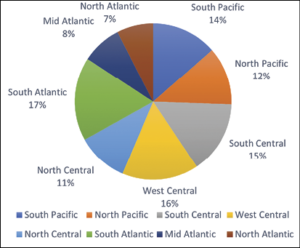 To examine the state of current public education programs within mosquito control agencies across the United States, we modified Beams 1985 survey and distributed it to 178 agencies across 38 states. Participants were selected for inclusion based on criteria established in the original design (Beams, 1985): inclusion of all geographic regions, and listing in the American Mosquito Control’s Directory of Mosquito Control Agencies (Challet and Keller, 1981). A total of 133 agencies completed the survey (74.7% response rate) with a relatively equal distribution across regions (Figure 1) and agency size across time (Figure 2).
To examine the state of current public education programs within mosquito control agencies across the United States, we modified Beams 1985 survey and distributed it to 178 agencies across 38 states. Participants were selected for inclusion based on criteria established in the original design (Beams, 1985): inclusion of all geographic regions, and listing in the American Mosquito Control’s Directory of Mosquito Control Agencies (Challet and Keller, 1981). A total of 133 agencies completed the survey (74.7% response rate) with a relatively equal distribution across regions (Figure 1) and agency size across time (Figure 2).
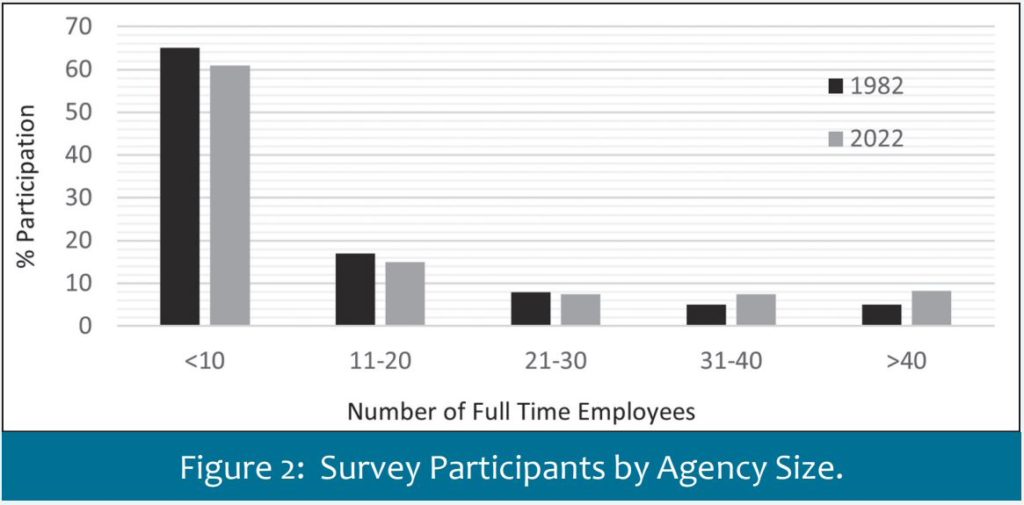
The survey results support an increased focus on public education within mosquito control and note a 10% increase in the number of agencies ranking public education as “more important” or “equally important” than chemical, biological or physical control (Figure 3) in addition to documenting a 300% increase in budget allocation from 1.7% to 5.19% of total operating expenses.
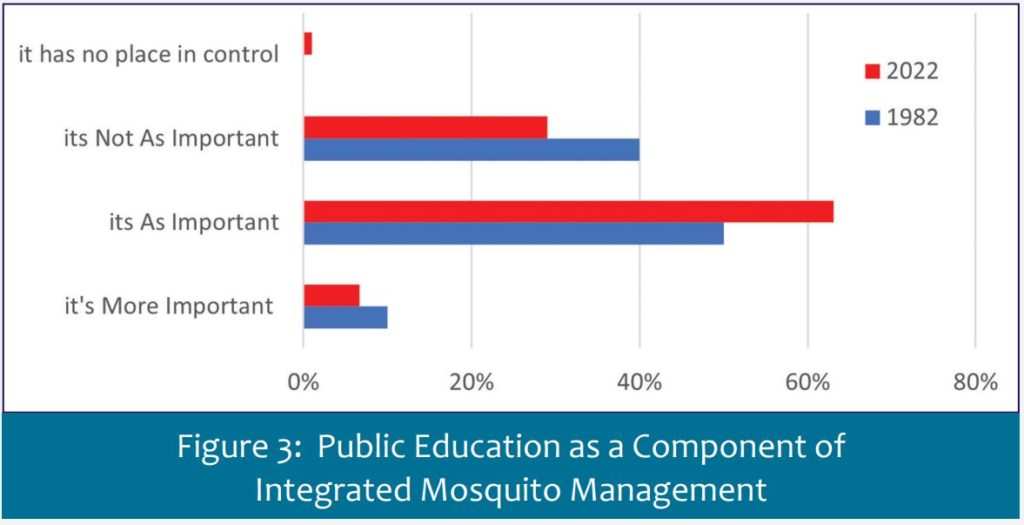
Despite the increased emphasis on public education as a leading component of Integrated Mosquito Management (IMM) there was little to no change in the number of agencies that make mosquito/vector control information (brochures, leaflets, pamphlets) available to the public (86% in 1982, 85% in 2022), the number of agencies making educational presentations available to the community (85% in 1982, 88% in 2022), or the use of press releases to local new agencies (83% in 1982, 86.5% in 2022). There was also a decrease in agencies offering facility tours to the public (71% in 1982, 58% in 2022) and regular coverage of agency activities on local news sources (45% in 1982, 38% in 2022). There has been no change in the number of districts that rank their public education programs as either excellent or good (34% in 1982, 34.5% in 2022) when presented with the following options: excellent, good, fair, poor, variable, and no opinion.
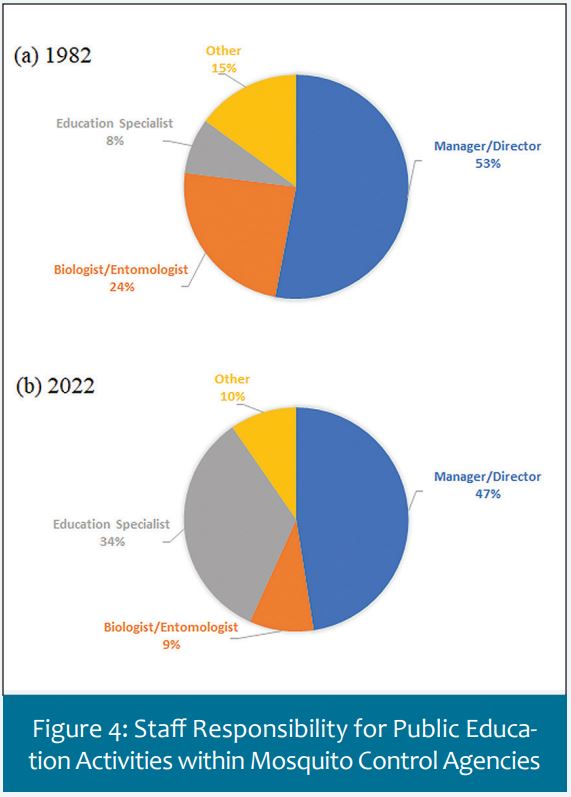 One of the biggest changes identified with public education programs is the organizational level at which responsibilities principally fall (Figure 4). Forty-seven percent of agencies report that their manager/director is primarily responsible for educational activities within their jurisdiction, down from 53% in 1982. Despite the small change in responsibility for managers/directors, the number of agencies relying on biologists/entomologists for educational outreach decreased from 34% in 1982 to only 9% in 2022. The number of agencies with a specialist focused primarily on education increased from only 8% in 1982 to 34% in 2022, which suggests an increased understanding of the unique skills needed for educational outreach and public relations.
One of the biggest changes identified with public education programs is the organizational level at which responsibilities principally fall (Figure 4). Forty-seven percent of agencies report that their manager/director is primarily responsible for educational activities within their jurisdiction, down from 53% in 1982. Despite the small change in responsibility for managers/directors, the number of agencies relying on biologists/entomologists for educational outreach decreased from 34% in 1982 to only 9% in 2022. The number of agencies with a specialist focused primarily on education increased from only 8% in 1982 to 34% in 2022, which suggests an increased understanding of the unique skills needed for educational outreach and public relations.
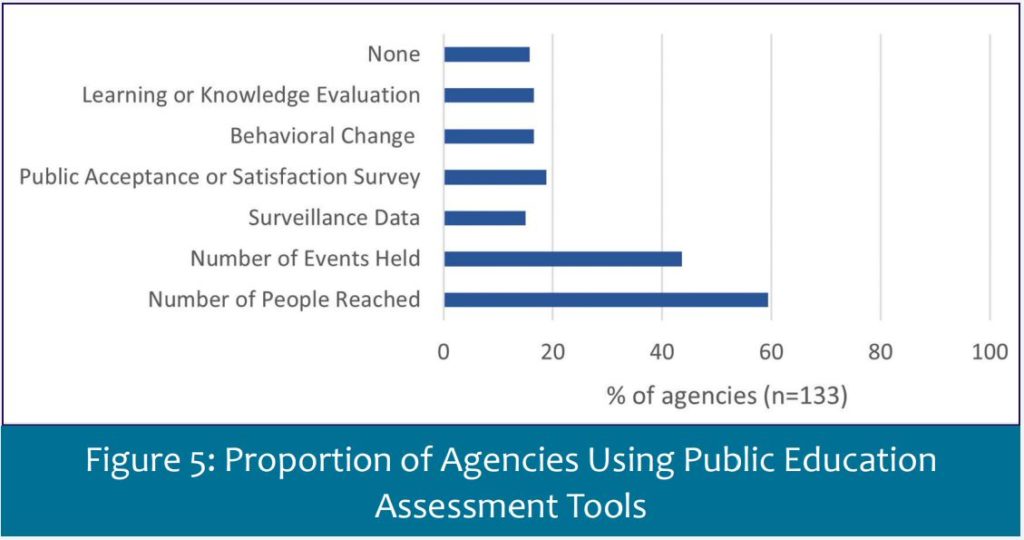
As AMCA works to build a national campaign and reduce the lack of understanding regarding mosquito control, we must remember that Integrated Mosquito Management involves careful consideration of the efficacy, ecological effects, and costs versus benefits of the various options, including public education, legal action, natural and biological control, elimination of breeding sources, and insecticide application. While most respondents (98.2%) focus on personal protective measures (including the use of repellent, avoiding certain times of day, and dressing appropriately), the focus on the other pieces of IMM which are essential to scientifically sound operations is markedly lower. Only 40.6% of agencies put any effort into highlighting surveillance data, 66.1% focus on disease activity and 56.3% focus on larval control suggesting that our industry has room for improvement when it comes to communicating with the public. Wide area applications for controlling adult mosquitoes continue to be scrutinized and it is not surprising to see that only 30.8% of agencies focus on the science behind these intervention strategies. Less than 25% of respondents spend any time discussing environmental impact, insecticide resistance, biocontrol, or new technologies (Figure 6) which help to ensure the safe and effective use of our limited tools.
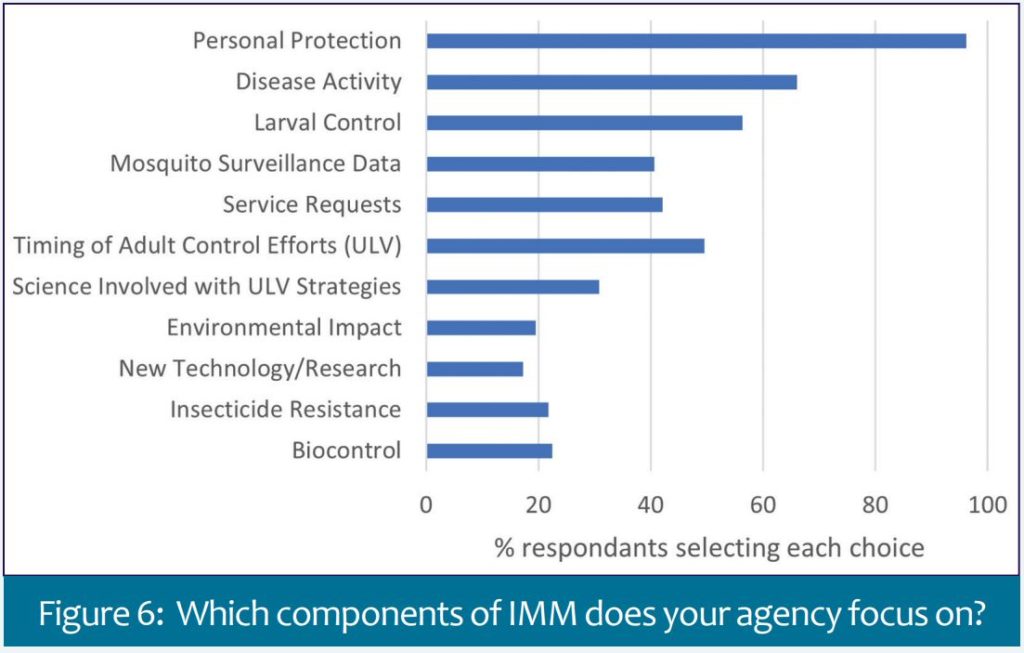
Both CDC and EPA acknowledge chemical control as a component of IMM and necessary tool for reducing the risk of transmission when pathogens are found in adult mosquitoes (Connelly et al., 2020). In areas where sheer number of mosquitoes create quality of life issues, adult mosquito control is not only required, but desired by the public. However, AMCA members often shy away from discussing this important component of IMM due to concerns of backlash from non-governmental organizations and/or anti-pesticide advocacy groups. The best way to counter these concerns is to demonstrate the solid science behind the use of these technologies. Failure to do so allows special interest groups to tell, and frame, the story in a way that may not acknowledge the science behind our efforts and causes a disservice to public health.
Mosquito Control public outreach should discuss ALL of the components of IMM, and the AMCA Public Relations Committee looks forward to developing messages to make this happen.
Contact Us to Learn More About Mosquito Management Public Education
 Since 1992, Vector Disease Control International (VDCI) has taken pride in providing municipalities, mosquito abatement districts, industrial sites, planned communities, homeowners associations, and golf courses with the tools they need to run effective mosquito control programs. We are determined to protect the public health of the communities in which we operate. Our mosquito control professionals have over 100 years of combined experience in the field of public health, specifically vector disease control. We strive to provide the most effective and scientifically sound mosquito surveillance and control programs possible based on an Integrated Mosquito Management approach recommended by the American Mosquito Control Association (AMCA) and Centers for Disease Control and Prevention (CDC). VDCI is the only company in the country that can manage all aspects of an integrated mosquito management program, from surveillance to disease testing to aerial application in emergency situations.
Since 1992, Vector Disease Control International (VDCI) has taken pride in providing municipalities, mosquito abatement districts, industrial sites, planned communities, homeowners associations, and golf courses with the tools they need to run effective mosquito control programs. We are determined to protect the public health of the communities in which we operate. Our mosquito control professionals have over 100 years of combined experience in the field of public health, specifically vector disease control. We strive to provide the most effective and scientifically sound mosquito surveillance and control programs possible based on an Integrated Mosquito Management approach recommended by the American Mosquito Control Association (AMCA) and Centers for Disease Control and Prevention (CDC). VDCI is the only company in the country that can manage all aspects of an integrated mosquito management program, from surveillance to disease testing to aerial application in emergency situations.


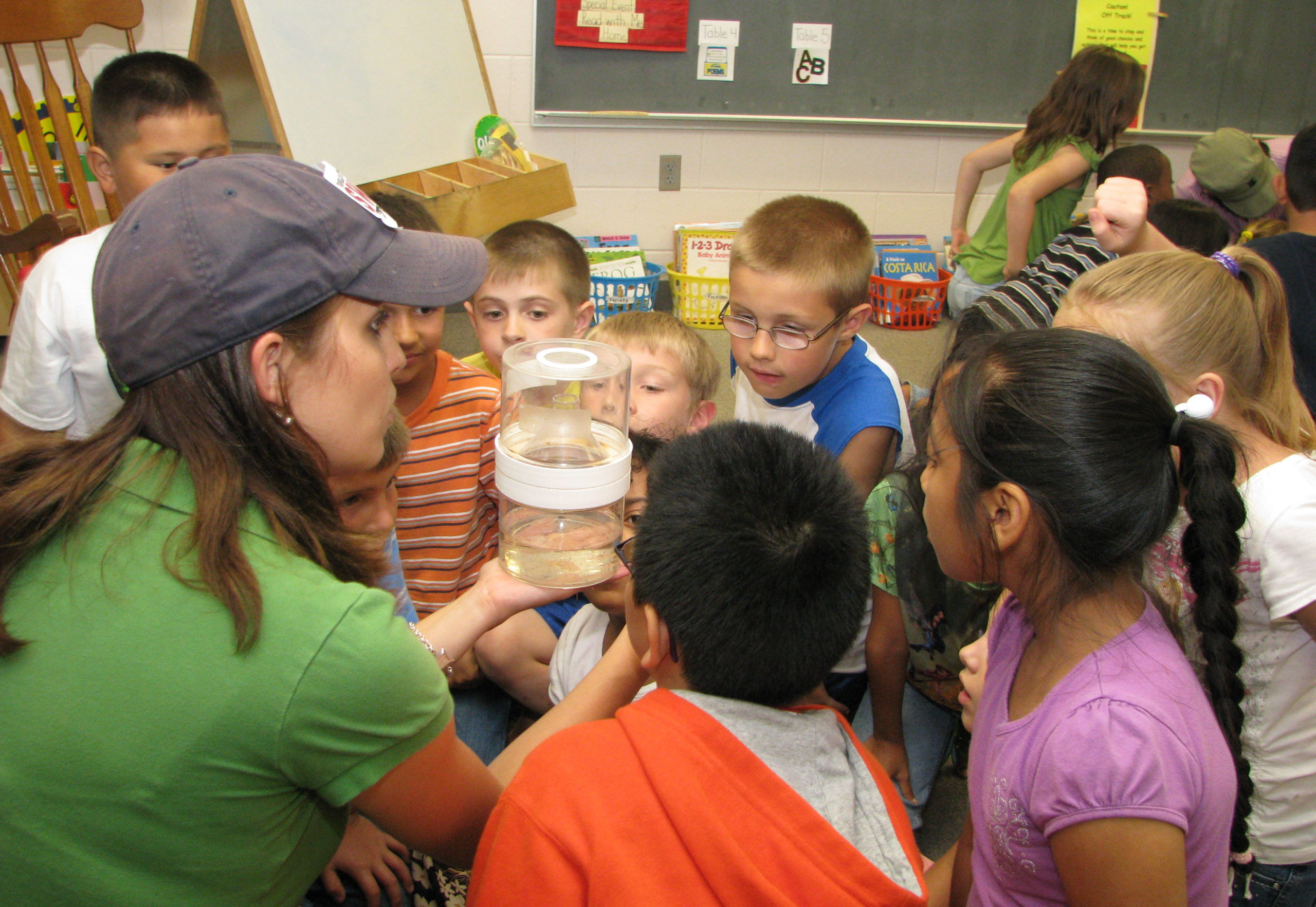

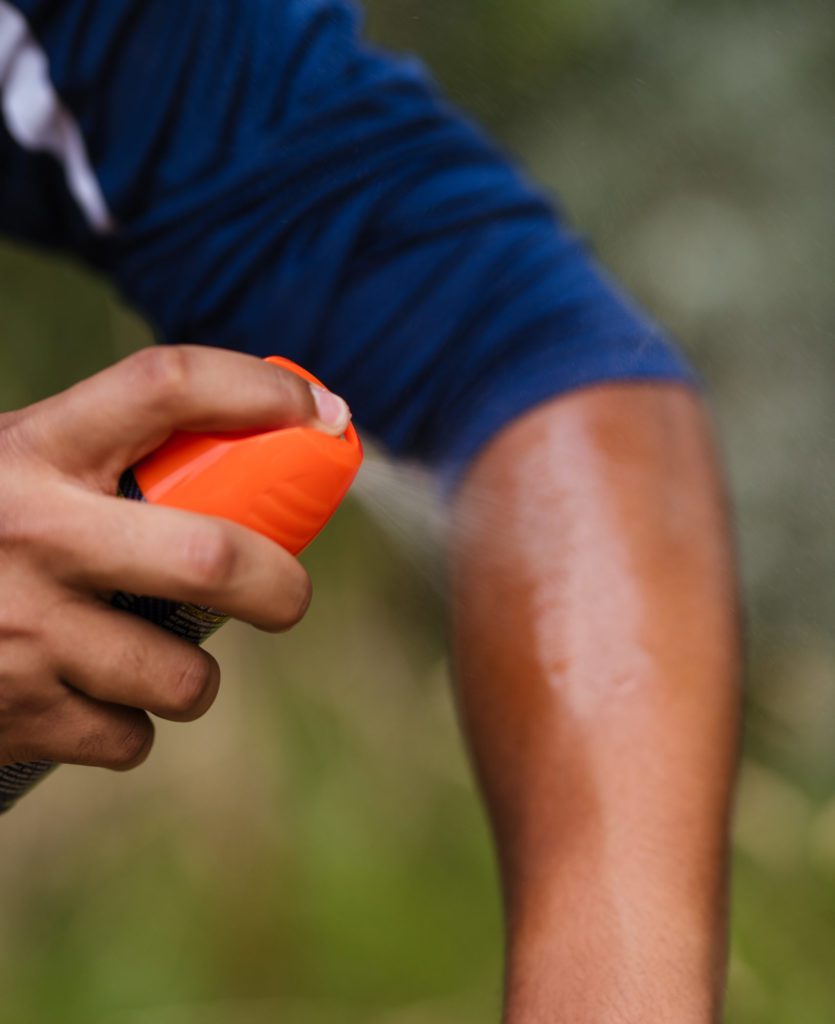
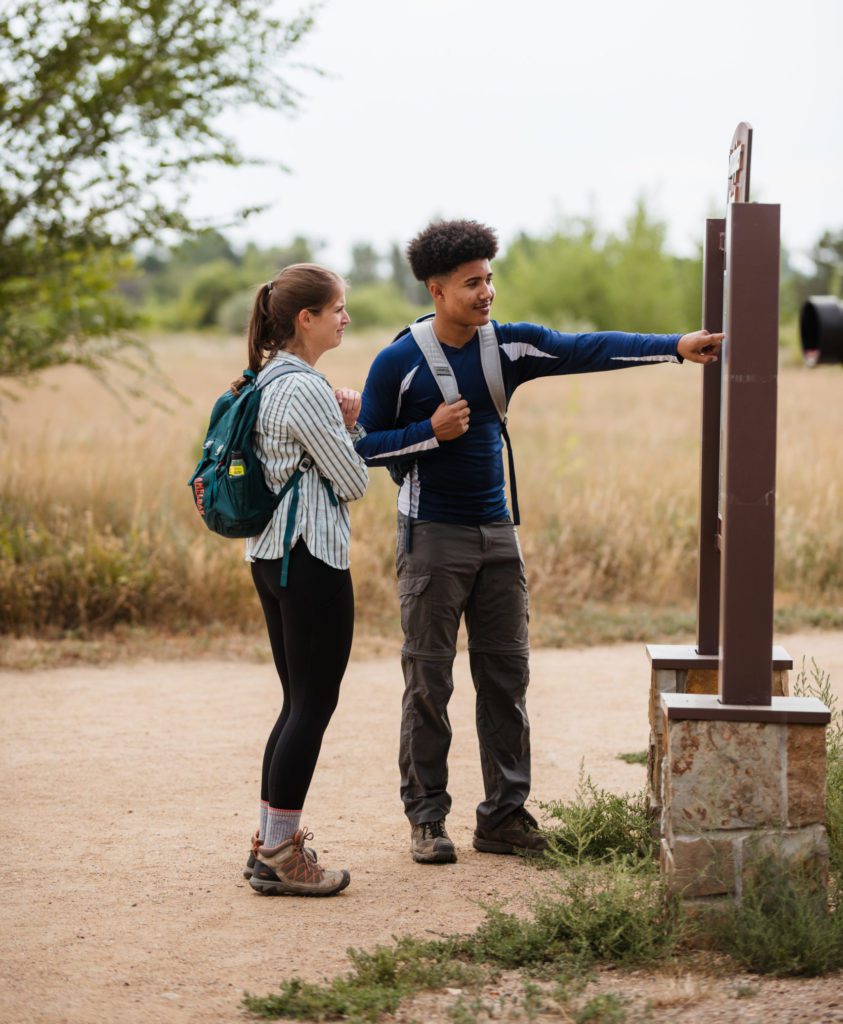
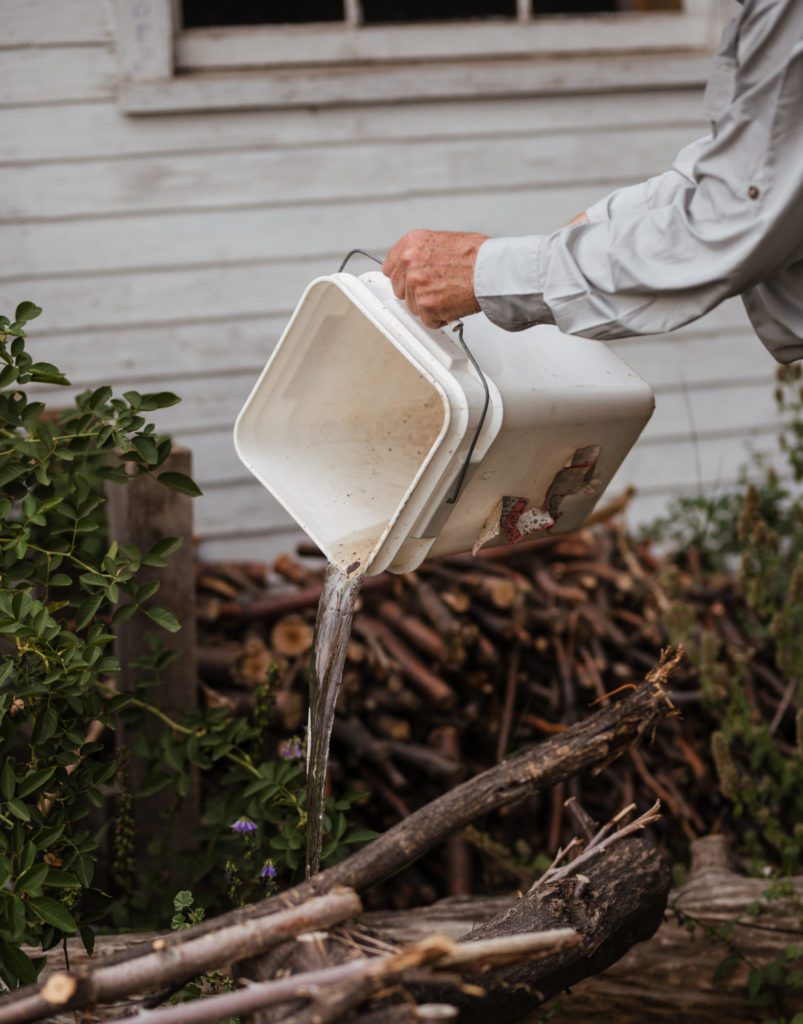

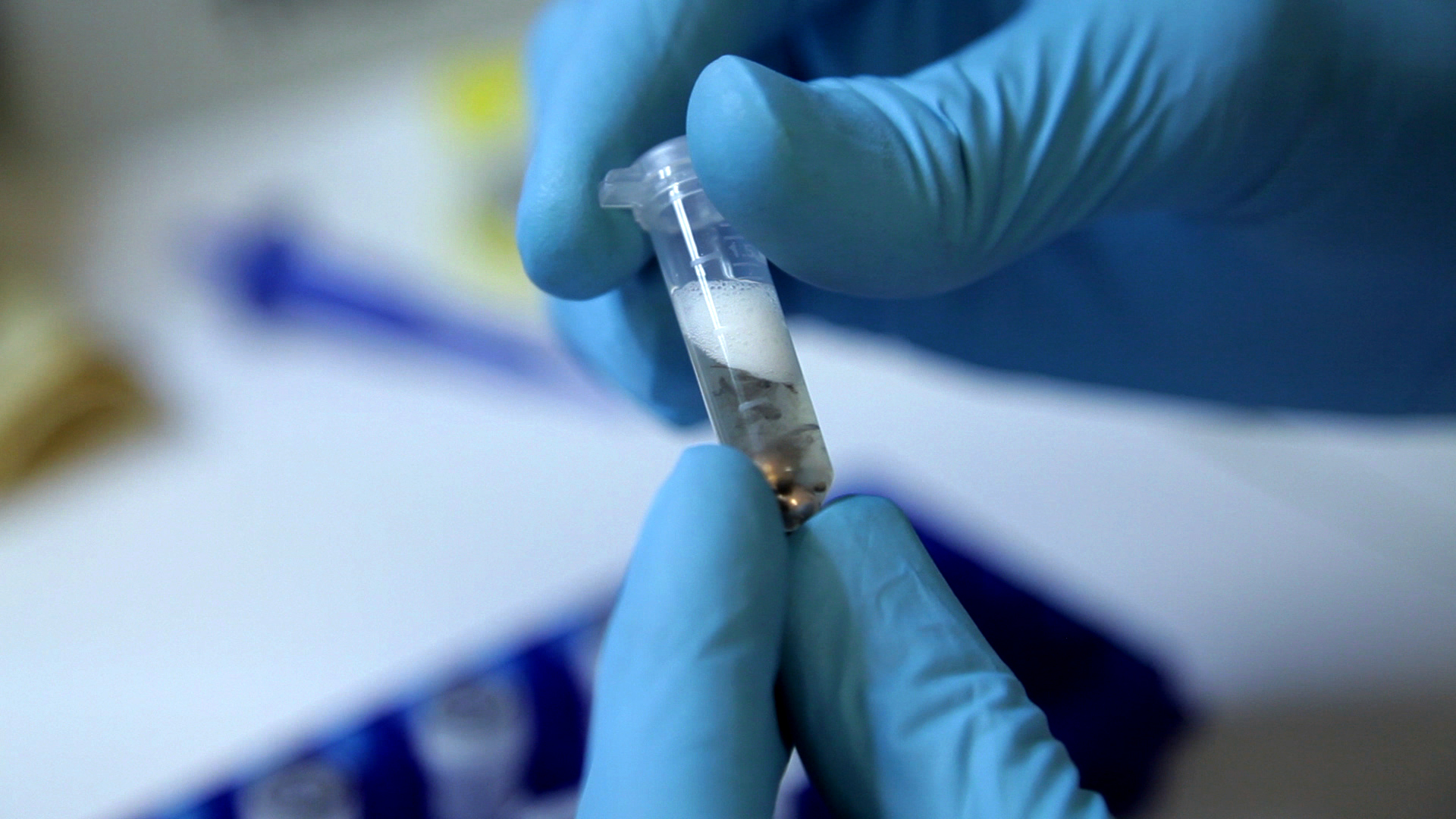
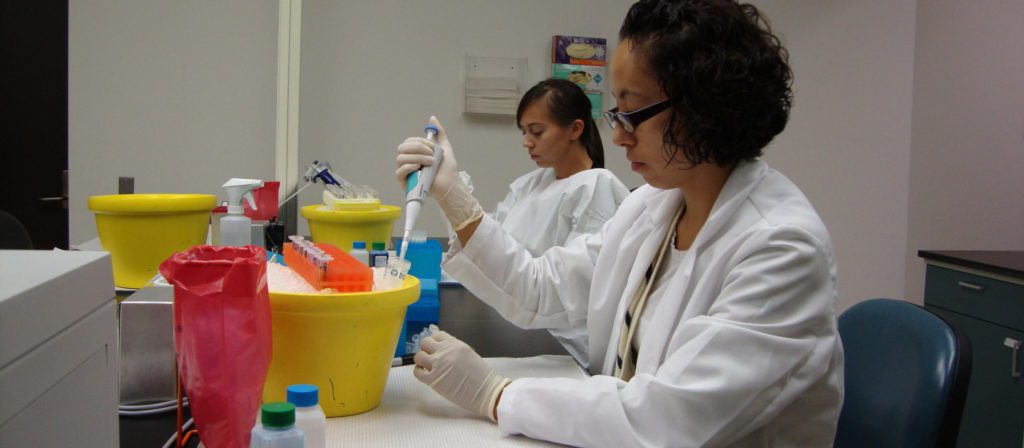
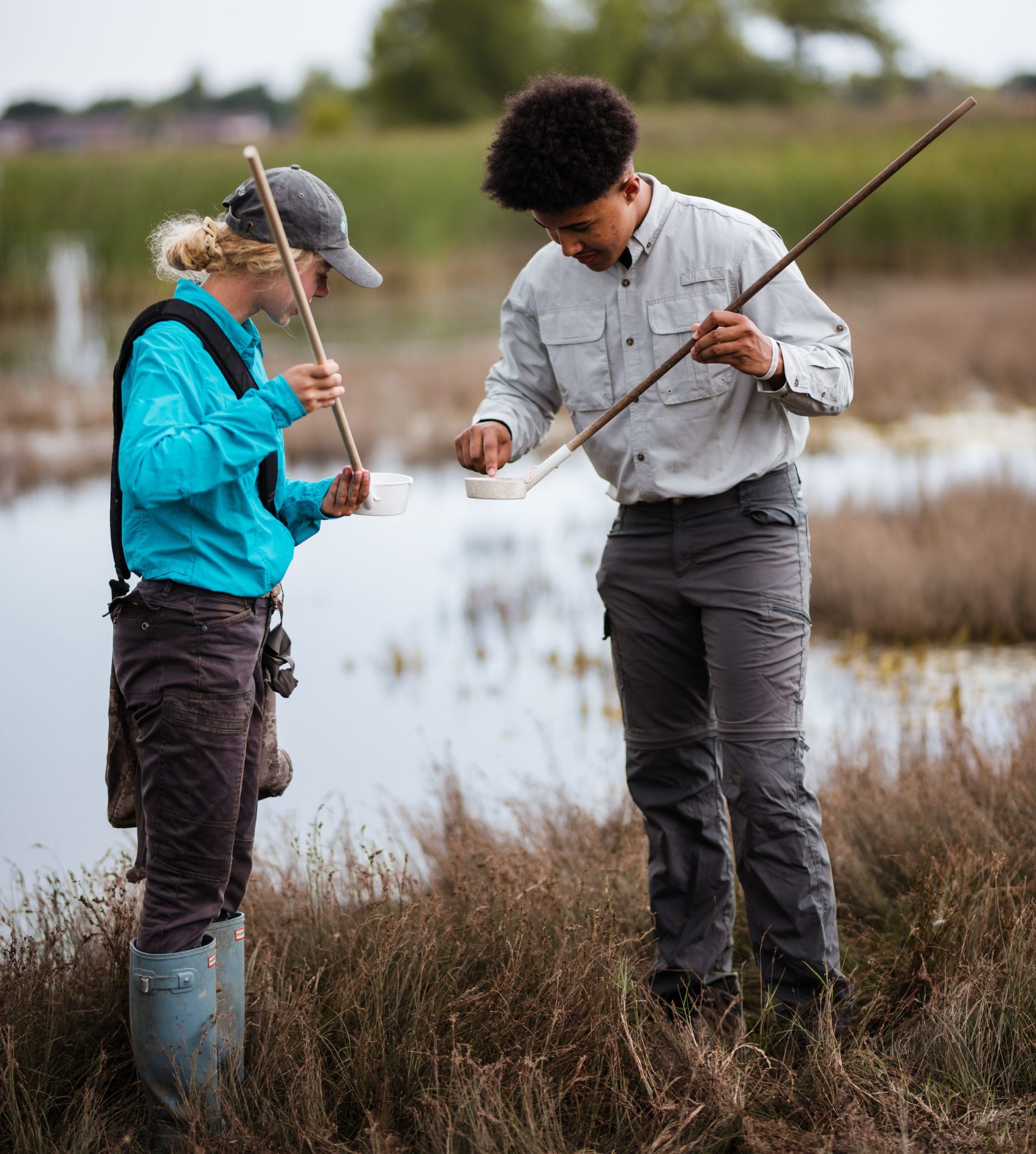
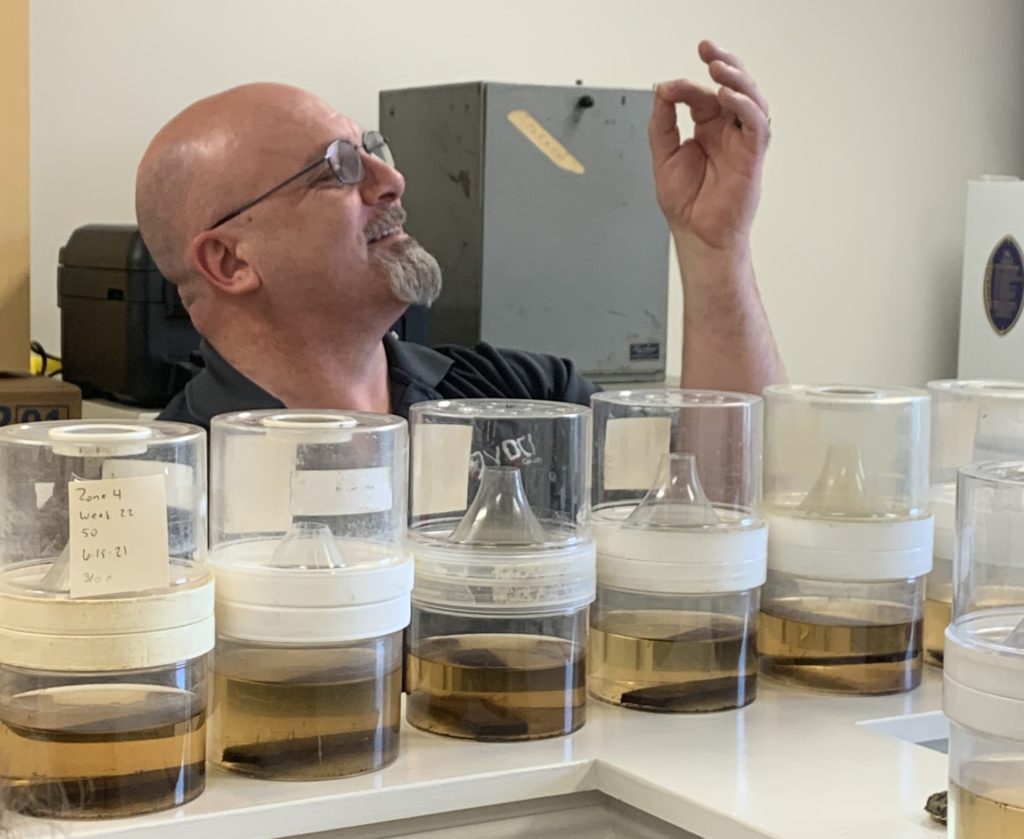
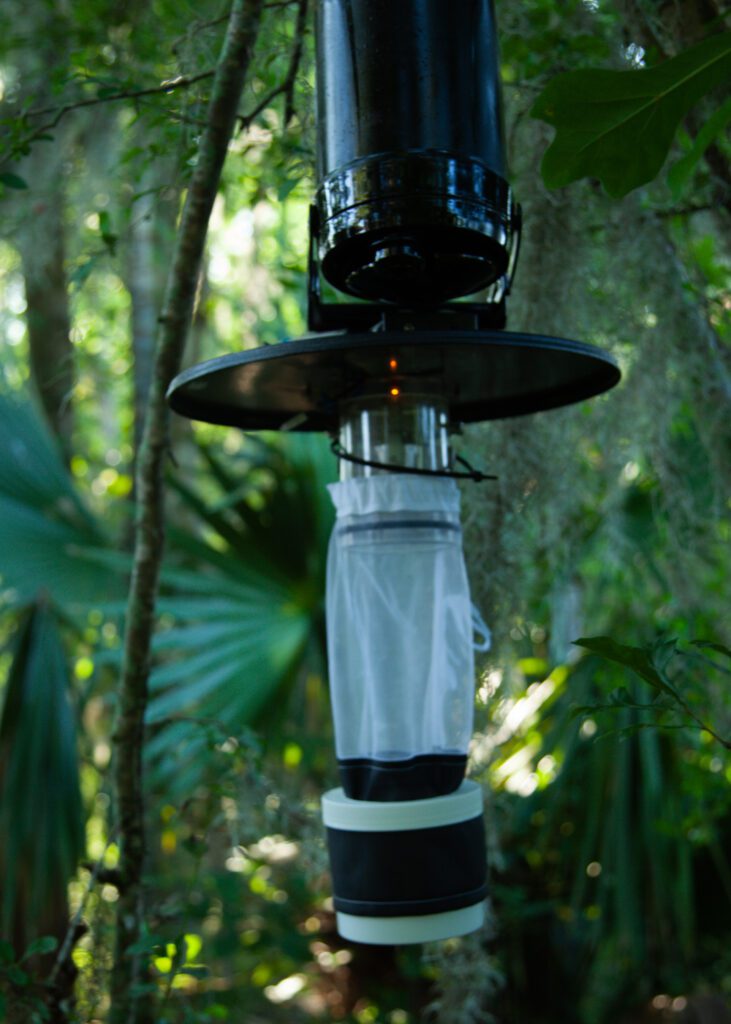
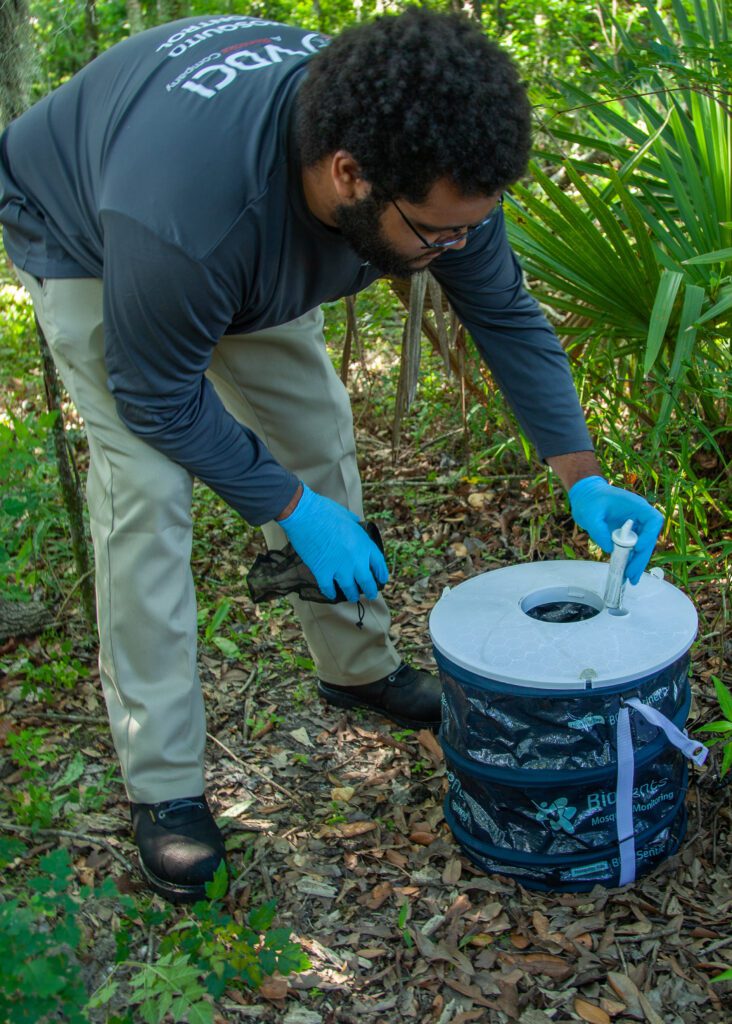
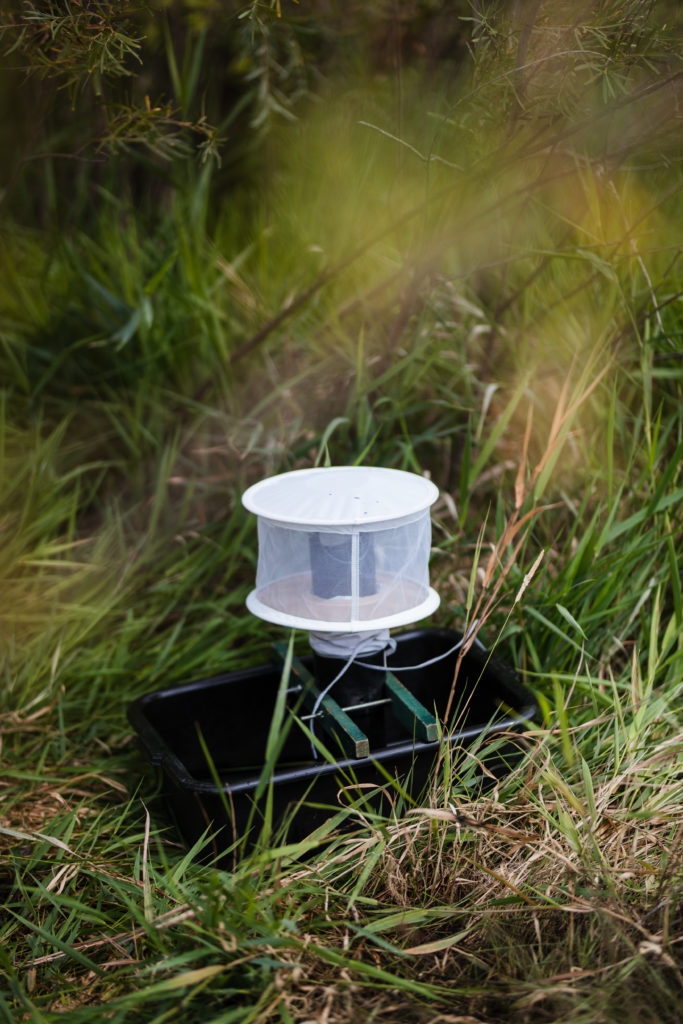
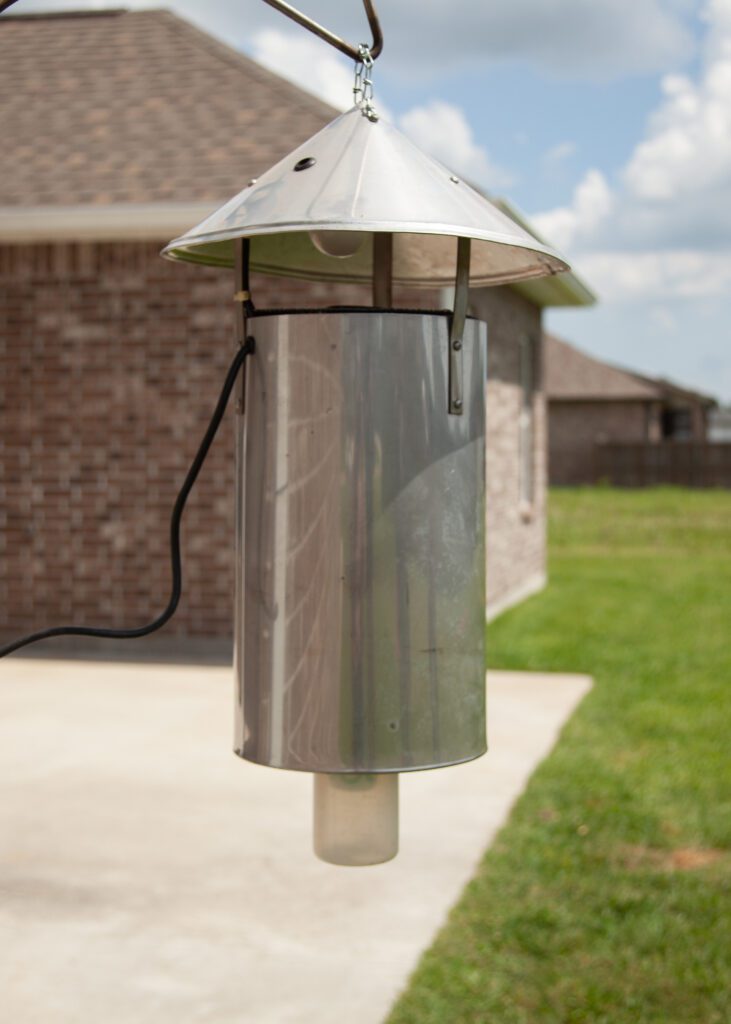
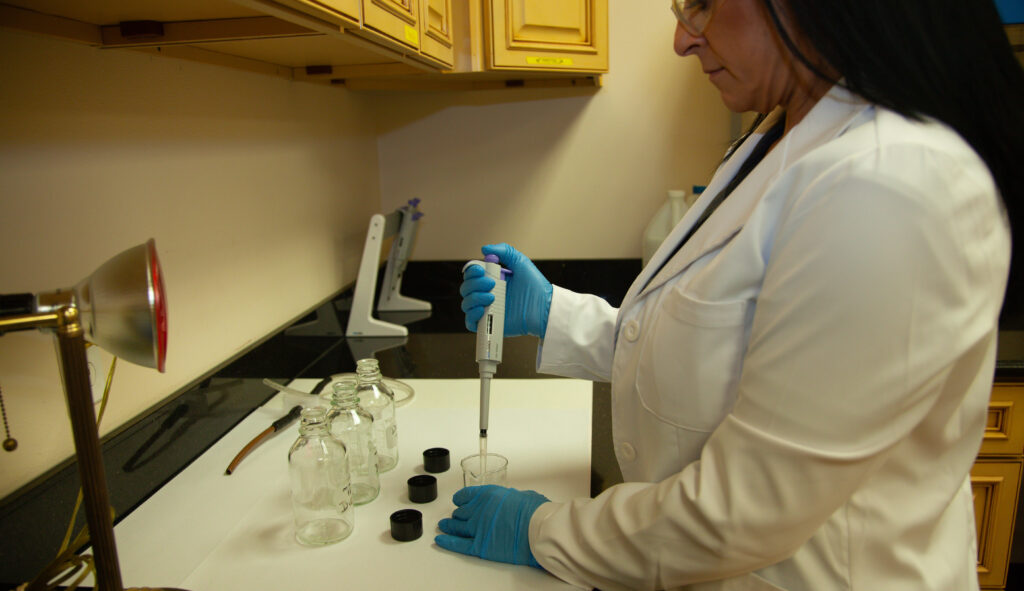
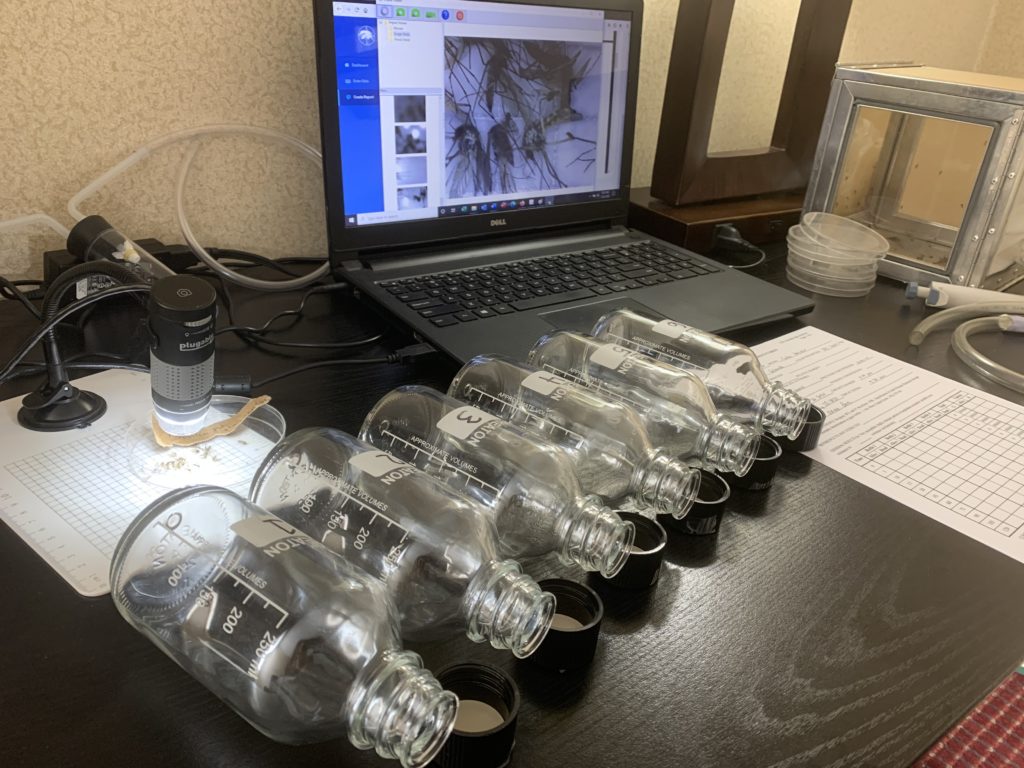
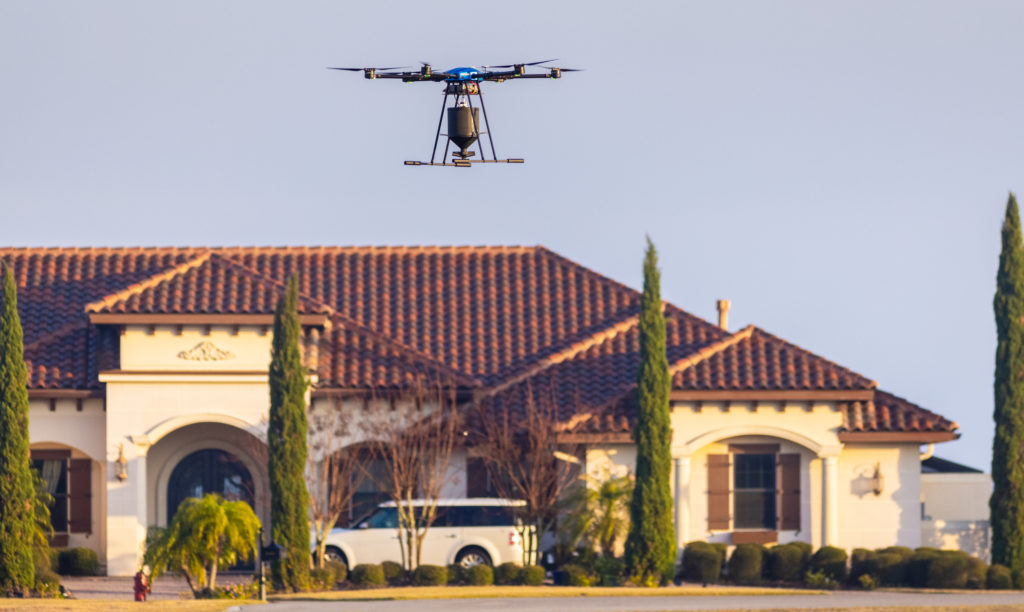
 Since 1992, Vector Disease Control International (VDCI) has taken pride in providing municipalities, mosquito abatement districts, industrial sites, planned communities, homeowners associations, and golf courses with the tools they need to run effective mosquito control programs. We are determined to protect the public health of the communities in which we operate. Our mosquito control professionals have over 100 years of combined experience in the field of public health, specifically vector disease control. We strive to provide the most effective and scientifically sound mosquito surveillance and control programs possible based on an Integrated Mosquito Management approach recommended by the American Mosquito Control Association (AMCA) and Centers for Disease Control and Prevention (CDC). VDCI is the only company in the country that can manage all aspects of an integrated mosquito management program, from surveillance to disease testing to aerial application in emergency situations.
Since 1992, Vector Disease Control International (VDCI) has taken pride in providing municipalities, mosquito abatement districts, industrial sites, planned communities, homeowners associations, and golf courses with the tools they need to run effective mosquito control programs. We are determined to protect the public health of the communities in which we operate. Our mosquito control professionals have over 100 years of combined experience in the field of public health, specifically vector disease control. We strive to provide the most effective and scientifically sound mosquito surveillance and control programs possible based on an Integrated Mosquito Management approach recommended by the American Mosquito Control Association (AMCA) and Centers for Disease Control and Prevention (CDC). VDCI is the only company in the country that can manage all aspects of an integrated mosquito management program, from surveillance to disease testing to aerial application in emergency situations.




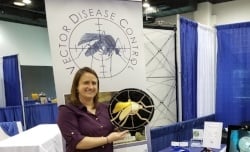

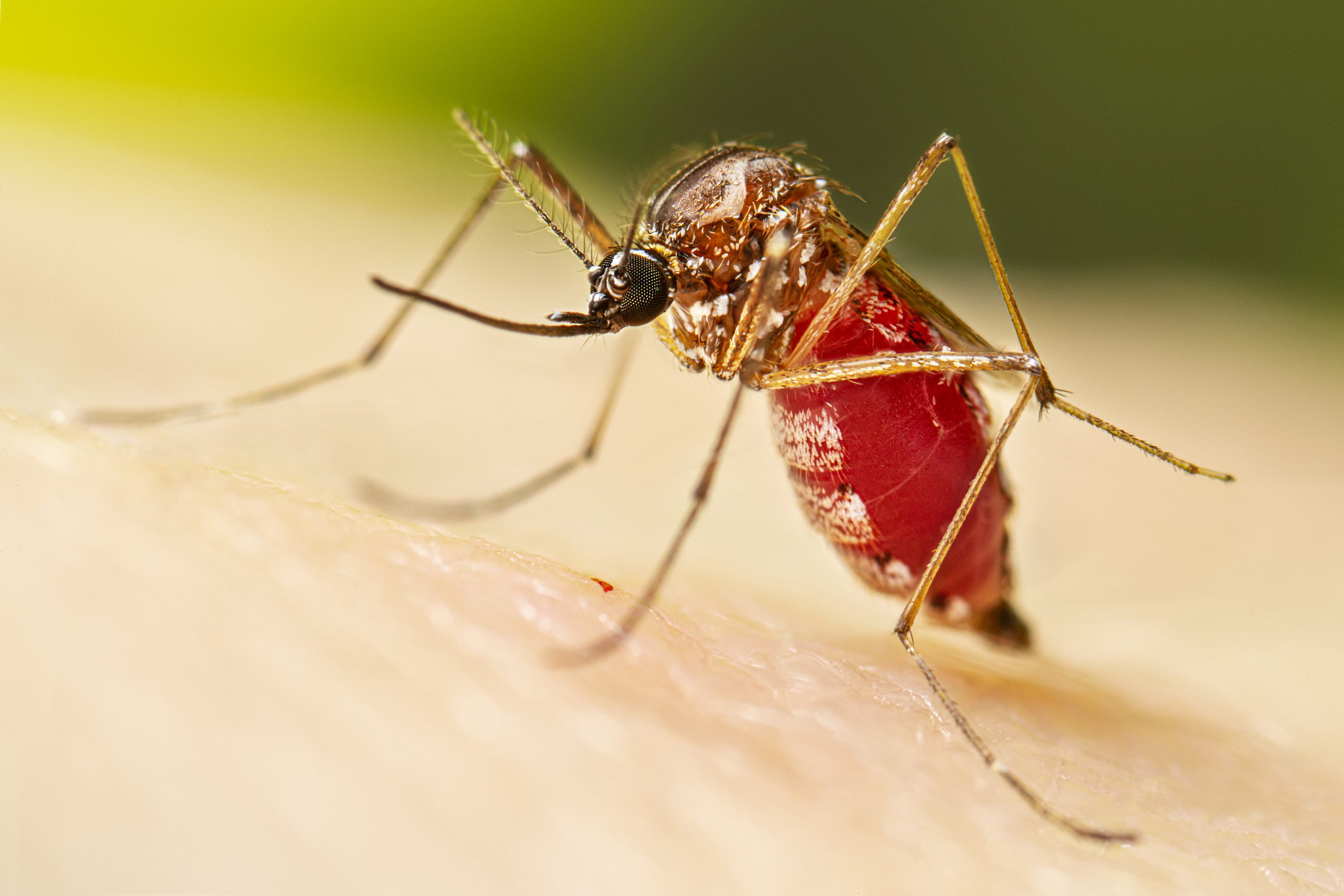
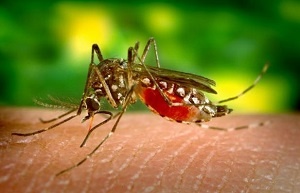 The city of Jonesboro, Arkansas is already preparing for the 2016 mosquito season. The city’s sponsored public affairs program “Let’s Talk, Jonesboro!” featured Jim Stark, a member of the Vector Disease Control International (VDCI) team, to provide details.
The city of Jonesboro, Arkansas is already preparing for the 2016 mosquito season. The city’s sponsored public affairs program “Let’s Talk, Jonesboro!” featured Jim Stark, a member of the Vector Disease Control International (VDCI) team, to provide details. Jim spoke with host Roy Ockert Jr. about Zika virus, the importance of knowing the
Jim spoke with host Roy Ockert Jr. about Zika virus, the importance of knowing the 
